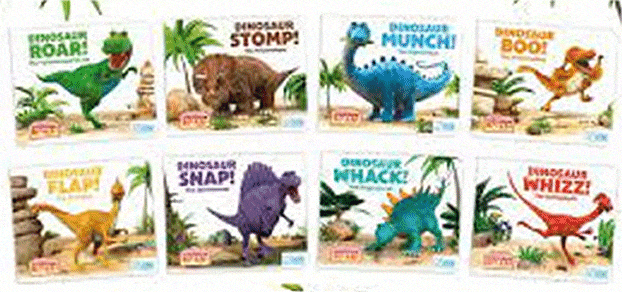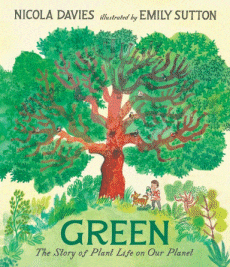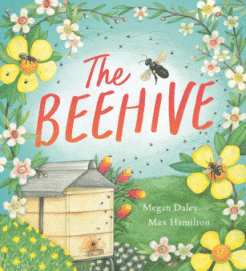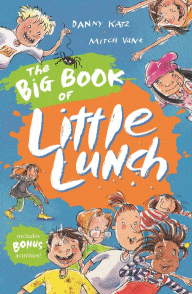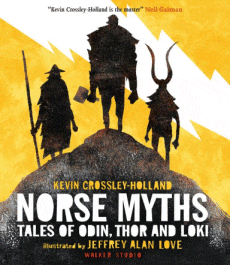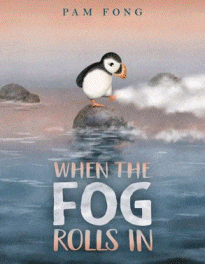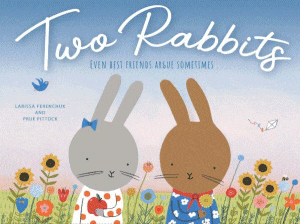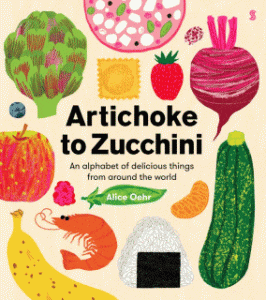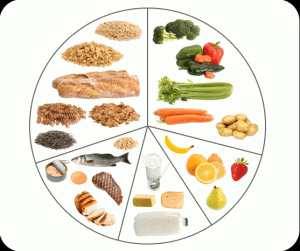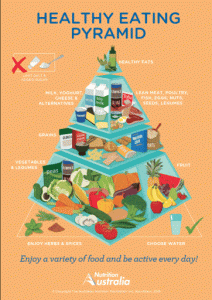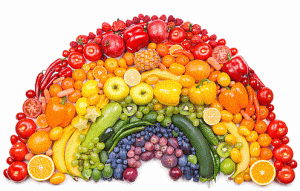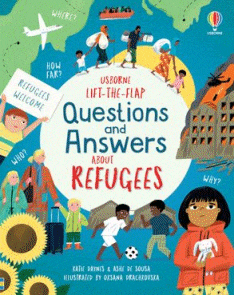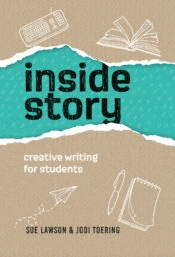
Inside Story – Creative Writing for Students
Inside Story – Creative Writing for Students
Sue Lawson & Jodi Toering
Guy Holt
Wild Dog Books, 2024
64pp., pbk., RRP $A24.99
9781742036670
Whether our students know it as “written expression”. “composition”, “exposition”, “essay”. “creative writing” or any of the other terms story-writing has been tagged over the generations, the first thing that they ask a published author is, “Where do you get your ideas from?”
And whether it’s a set topic with perfect spelling and grammar expected from the get-go, or the free-range experience of ideas first, editing later promulgated by the likes of Donald Graves and Lucy M. Calkins, there are those who love to write and do it well, and those who struggle and find it a chore. Whether the focus is product or process, there will be teachers who find this a tricky topic to teach and students who find it hard to achieve – just as those who find music, maths or any other subject tough going. Nevertheless, there is an expectation by society that students will be competent readers and writers having passed through the school process, being able to express themselves well verbally and in writing so others can understand their meaning and intent and so we must do what we can, AI, Chat GPT and text-speak notwithstanding.
So this easy-to read practical guide will be a boon to both teachers and students, because, regardless of any external aids that might be imposing all sorts of new considerations, those aids cannot edit or alter or improve a blank page. But where to start to make those first marks on the page, whether they be with a pencil on a scrap of paper or keystrokes on a computer screen? One of the first things the authors say is that you DON’T have to start at the beginning – either the beginning of the story of even the beginning of the book. If characters interest you, then look at the section that helps you develop credible characters that the reader cares enough about to want to find out what happens to them; if visualising and description is your thing, then start there… Thankfully, through the teaching of Graves et al., writing is seen as a process of refinement over time (unless you are sitting a standardised test where you have to get it right first go or else) and so this little handbook offers ideas and tips for getting started and keeping going, particularly for those whose imaginations might need a kickstart.
In a nutshell a story has a complication and a resolution – a problem and a solution, made more interesting by the impact they have on those experiencing them, and there are suggestions for story starters, ideas for creating the characters who will be participating (even how to name them appropriately), tips for setting the scene – all the elements that complete and engaging story and all written in a style and language that directly addresses the reader so they are itching to get started, whether as teacher or writer. IMO, just acknowledging that we each have a different way of getting started is critical – some prefer to start with the end in mind and work back; others prefer to have the ‘what-if’ identified and work outwards; others (like me) prefer to have the opening sentence set in place and flow from there. There is no one way and no right way.
Next to my storybook cushions, my author kits with engaging covers and basic tools of the trade are the biggest sellers on my little market stall as budding authors pester parents to purchase one, and apart from hearing, “My child loves to read”, hearing “my child loves to write” gives me the biggest tingle.
So if you have a child who loves to write or are a teacher who is not sure where to start to enthuse students, this little book is for you.
